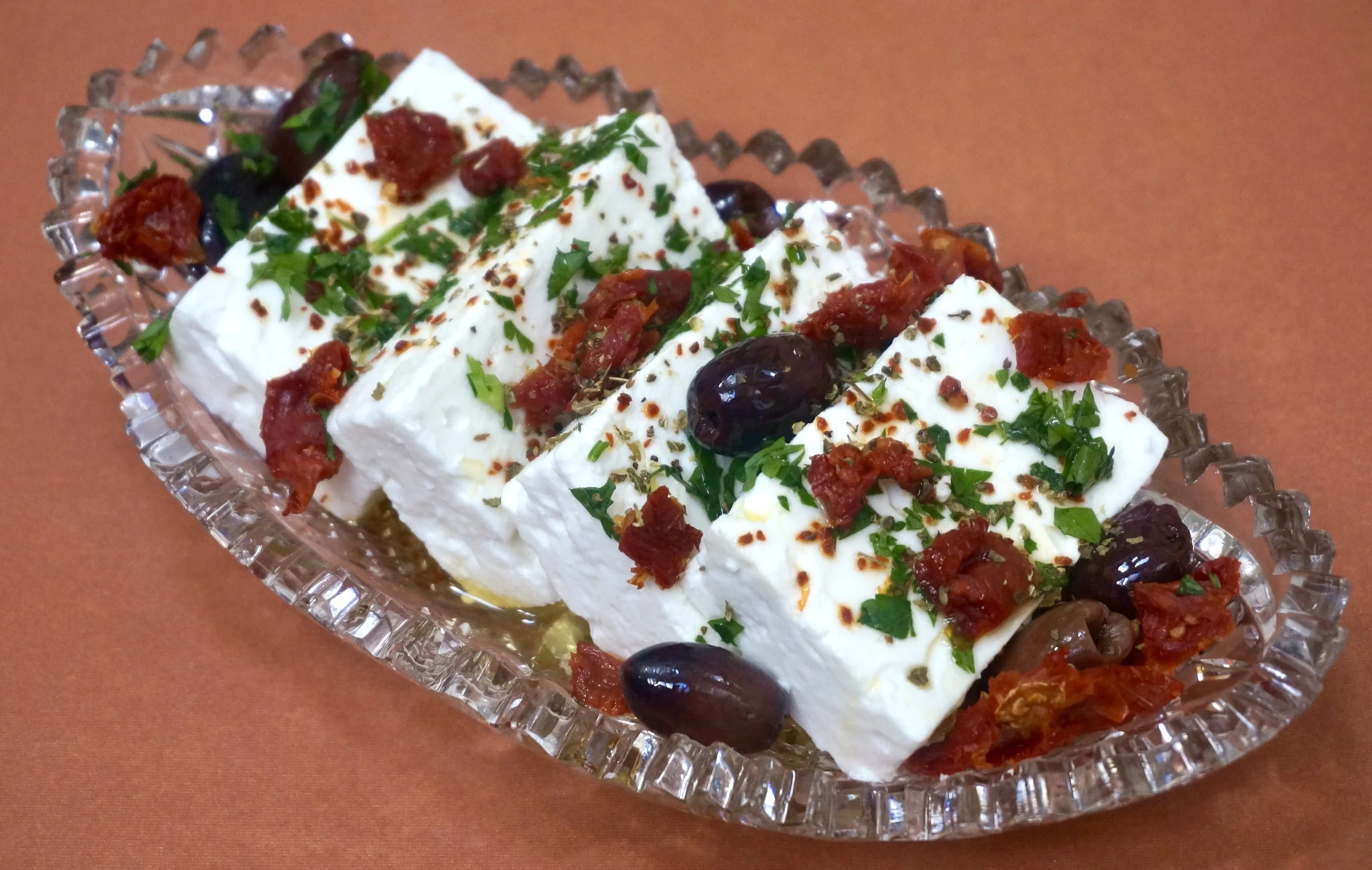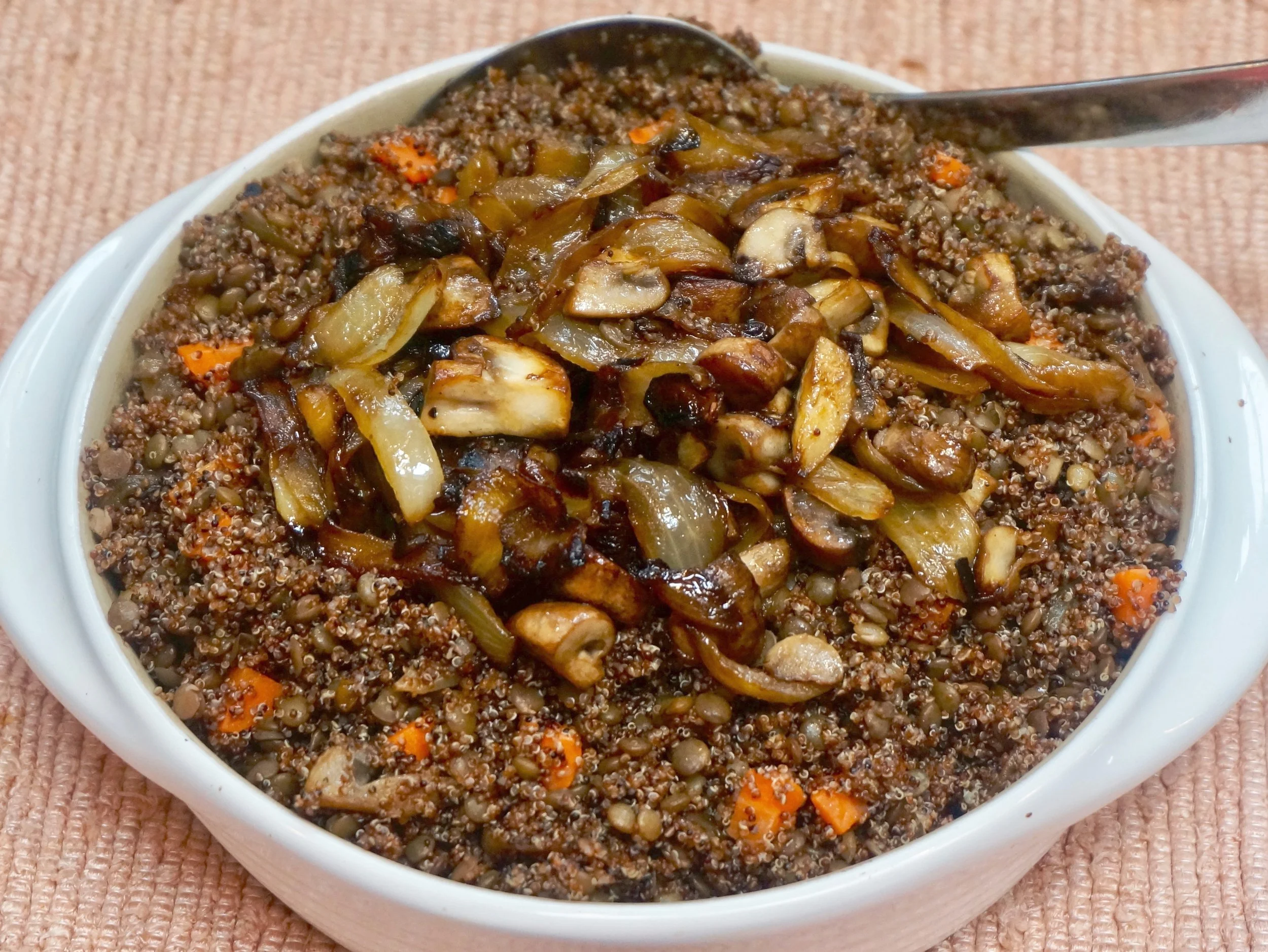One of the first newspaper food articles I ever wrote had to do with Shrove Tuesday (tomorrow, February 28th), a holiday my family doesn't celebrate, so at the time I didn't know that it is also Mardi Gras (Fat Tuesday), and in food circles -- Pancake Day!
Live and learn. It seems that in days gone by, when the Catholic Church imposed stricter rules during Lent, fatty items such as eggs, butter, milk and so on, were forbidden from Ash Wednesday, when Lent begins, until Easter. So the day before Lent everyone tried to eat up all the fats in the house.
Hence, the eating of gras (fat) on that mardi (Tuesday).
What's a delicious, filling, welcome and wondrous way to include eggs, butter, milk and stuff?
Pancakes!
I've made all sorts of pancakes: German Apple, Oatmeal, Lemon-Cottage Cheese and others. But plain old buttermilk pancakes are simple and always fluffy and full of down home pleasure.
Maple syrup goes on top, for sure. But homemade apple sauce is a bit different, less sweet and so easy to make. I like to mix apples and pears for sauce during the winter because there are so many pear varieties available.
Happy Pancake Day. Mardi Gras. Btw, this also makes a nice dinner on a meatless Monday.
Buttermilk Pancakes with Apple-Pear Sauce
- 3 tablespoons butter
- 2-1/2 cups all-purpose flour
- 2 tablespoons sugar
- 1 teaspoon baking powder
- 1 teaspoon baking soda
- 1/2 teaspoon salt
- 1 large egg
- 3 cups buttermilk
- butter for frying the pancakes
- Apple-Pear Sauce
Melt the 3 tablespoons butter and set aside to cool. Mix the flour, sugar, baking powder, baking soda and salt into a bowl. In a second bowl mix the egg, buttermilk and melted, cooled butter. Add the liquid ingredients to the dry ones and mix to blend them but do not beat vigorously. Preheat a griddle or large saute pan over medium heat. Lightly butter the pan before cooking the pancakes. When the pan butter has melted and looks foamy, slowly pour about 2 tablespoons batter (for small pancakes) or more (for larger pancakes), leaving space between each pancake. Cook for about 2 minutes, or until bottom is lightly browned and bubbles form on the top. Flip the pancakes with a rigid spatula and cook for a minute or until the second side is lightly browned. Serve with Apple-Pear Sauce.
Apple-Pear Sauce
- 4 apples
- 3 pears
- 1/8 teaspoon cinnamon
Peel, core and slice the apples and pears and place the pieces in a saucepan. Add the cinnamon, stir, cover the pan and cook over low heat for 25-30 minutes or until the fruit is soft. Stir occasionally during the cooking process. Puree the ingredients in a food processor with a hand blender. Serve hot, cold or at room temperature. Makes about 3-1/2 cups.
Makes 6-8 servings










